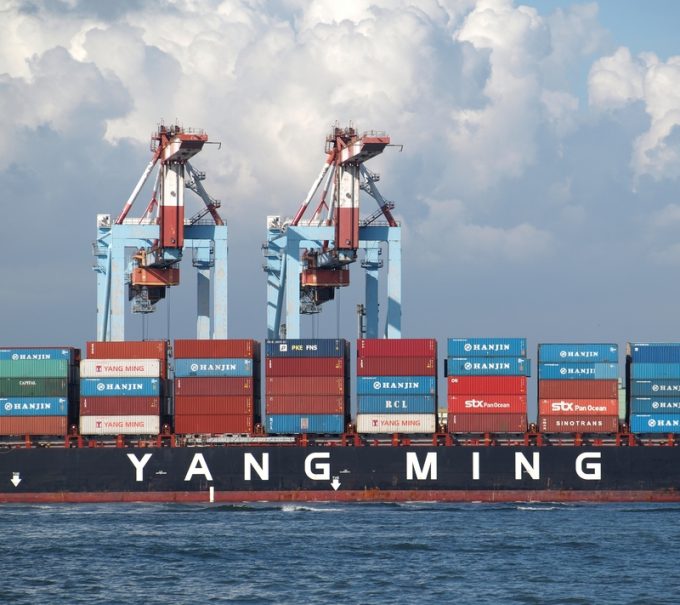Return on investment in index-linked contracts still not enough, say SMEs
The cost-benefit ratio of index-linked contracts is still not enough for SME shippers and forwarders, ...

As nervous shippers and freight service providers await details of Yang Ming’s new investors, an analyst has questioned the value of THE Alliance’s bankruptcy contingency plan.
Patrik Berglund, CEO and co-founder of ocean freight rate benchmarking and data analysts Xeneta, said today that in practice, moving the ...

Comment on this article